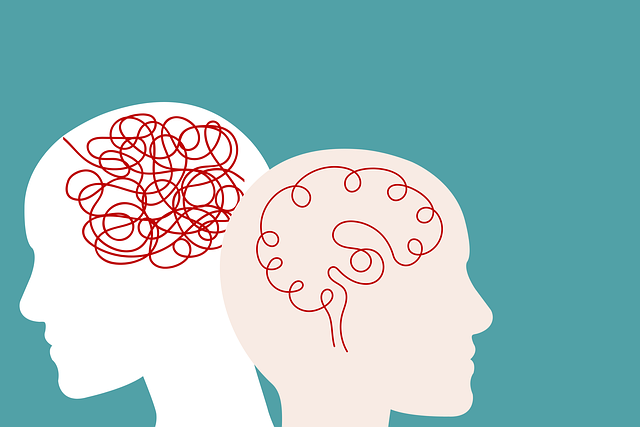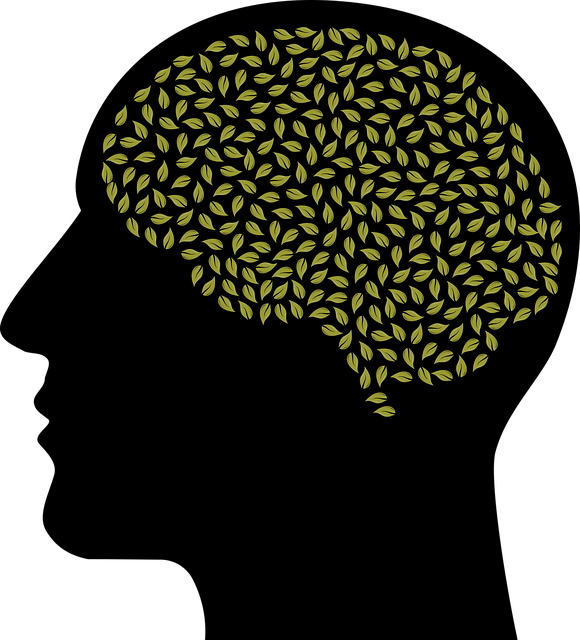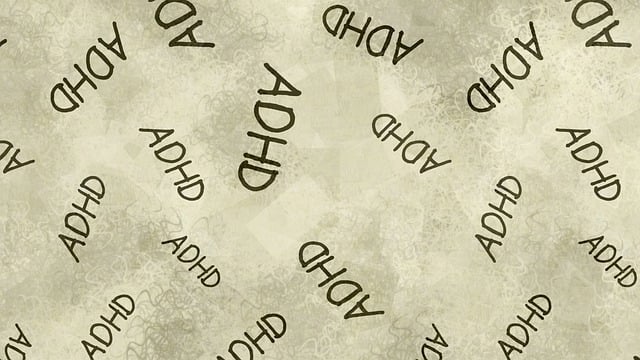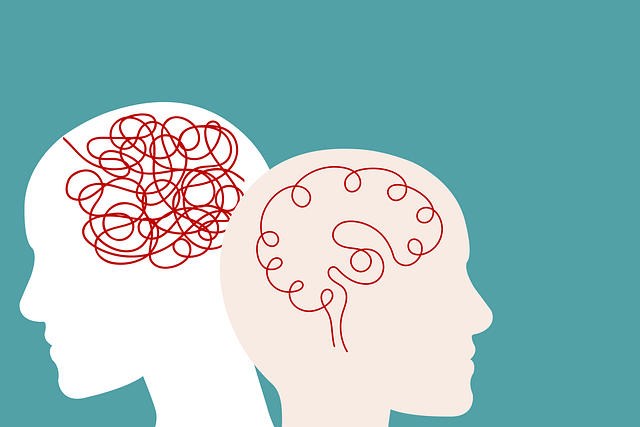Mental health education, alongside physical well-being, forms the backbone of an effective program. Castle Rock Cognitive Processing Therapy (CRCPT) offers a promising approach to treating common conditions like anxiety, depression, and PTSD by modifying negative thought patterns. A comprehensive mental health curriculum should include CRCPT techniques, cultivating inner strength, emotional regulation, self-awareness, and coping strategies in a supportive environment. Integrating evidence-based therapies into educational and workplace settings enhances accessibility to resources, fostering a community that prioritizes mental well-being through strategic planning, community involvement, and collaborative partnerships.
Mental health education programs play a pivotal role in fostering well-being, especially with tailored approaches like Castle Rock Cognitive Processing Therapy (CRCPT). This article explores program design for mental health education, delving into foundational knowledge, therapeutic techniques such as CRCPT, and engaging curriculum strategies. We discuss the importance of community involvement and continuous improvement for successful implementation. By understanding these key components, educators can create impactful programs that address specific mental health needs effectively.
- Understanding Mental Health: Unveiling the Foundation of a Comprehensive Program
- Castle Rock Cognitive Processing Therapy: A Therapeutic Approach to Address Specific Needs
- Designing an Engaging Curriculum: Strategies for Effective Education
- Implementation and Support: Ensuring Success Through Community Involvement and Continuous Improvement
Understanding Mental Health: Unveiling the Foundation of a Comprehensive Program

Understanding mental health is the bedrock upon which a comprehensive education program should be built. It involves recognizing that mental well-being is as vital as physical health, and that conditions like anxiety, depression, and post-traumatic stress disorder (PTSD) are common and treatable. Castle Rock Cognitive Processing Therapy (CRCPT), for instance, has shown promise in addressing these issues by helping individuals challenge negative thought patterns and replace them with more positive and realistic ones.
A good mental health education program should not only teach about various conditions but also focus on developing inner strength and emotional regulation skills. This includes promoting self-awareness, teaching coping strategies, and fostering a supportive environment that encourages open conversations about mental health. In light of these aspects, Mental Health Policy Analysis and Advocacy plays a crucial role in shaping societal attitudes and ensuring access to effective therapies like CRCPT for those who need them.
Castle Rock Cognitive Processing Therapy: A Therapeutic Approach to Address Specific Needs

Castle Rock Cognitive Processing Therapy (CRCPT) is a specialized therapeutic approach designed to address specific mental health needs, particularly those related to trauma and its impact on cognitive processes. This innovative therapy leverages the power of cognitive restructuring to help individuals challenge and change negative thought patterns that may have developed as a result of traumatic experiences. By focusing on the connection between thoughts, feelings, and behaviors, CRCPT enables clients to develop healthier coping mechanisms and enhance their overall well-being.
The therapeutic process involves teaching effective conflict resolution techniques and promoting positive thinking strategies. Through structured exercises and guided discussions, individuals learn to identify and modify distorted cognitive beliefs, thereby fostering emotional healing processes. This tailored approach ensures that the program meets the unique requirements of each participant, offering a comprehensive framework for mental health education and support.
Designing an Engaging Curriculum: Strategies for Effective Education

Designing an engaging curriculum is paramount for effective mental health education programs. Incorporating diverse teaching methods, such as interactive workshops, group discussions, and hands-on activities, ensures that learners actively participate and retain information better. For instance, Castle Rock Cognitive Processing Therapy (CRCPT) techniques can be integrated into the curriculum to help individuals understand their thought processes and develop healthier coping mechanisms. Encouraging mental wellness journaling exercises allows participants to reflect on their experiences and track their progress over time.
Moreover, providing clear guidance on stress management strategies and burnout prevention techniques empowers learners to take charge of their mental health. Mental health policy analysis and advocacy components can also be included to educate individuals about existing resources and advocate for systemic changes that support better mental wellness. These strategies collectively contribute to creating a dynamic learning environment that fosters open conversations about mental health, breaking down stigma and promoting proactive mental health management.
Implementation and Support: Ensuring Success Through Community Involvement and Continuous Improvement

Implementing a mental health education program requires strategic planning and community involvement to ensure its success. By fostering partnerships with local organizations, schools, and businesses, we can create a supportive network that amplifies the impact of the initiative. This collaborative approach not only increases awareness but also provides accessible resources for individuals seeking support. For instance, integrating Castle Rock Cognitive Processing Therapy into educational curricula or workplace wellness programs can equip people with valuable coping mechanisms and inner strength development.
Continuous improvement is another cornerstone of effective program design. Regularly gathering feedback from participants, mental health professionals, and community stakeholders enables us to refine the curriculum, adapt to evolving needs, and enhance the overall quality of care. This iterative process ensures that the program remains relevant, addressing emerging challenges such as trauma support services and risk assessment for mental health professionals. By embracing a dynamic framework, we can create a sustainable ecosystem where mental well-being is prioritized and nurtured within our communities.
In designing mental health education programs, a holistic approach is key. By combining insights from Understanding Mental Health, therapeutic techniques like Castle Rock Cognitive Processing Therapy, and engaging curriculum strategies, we can create effective interventions. Implementation success hinges on community involvement and continuous improvement, ensuring that programs like these not only reach but also profoundly impact individuals in need.














